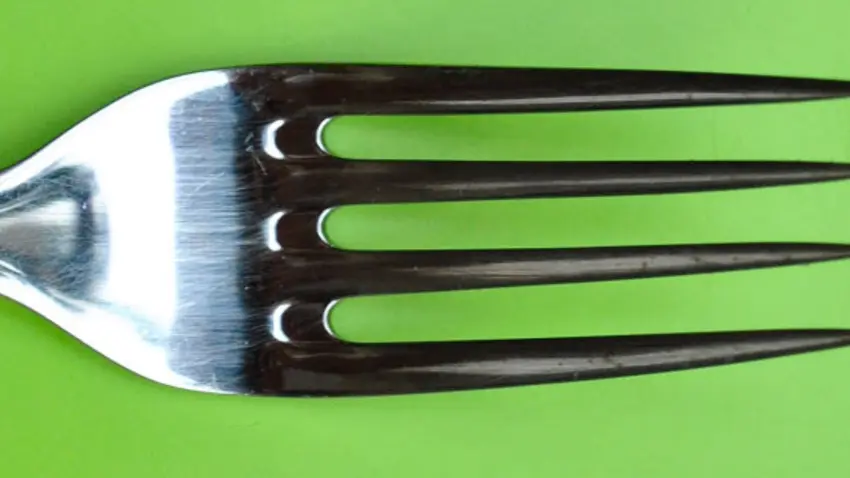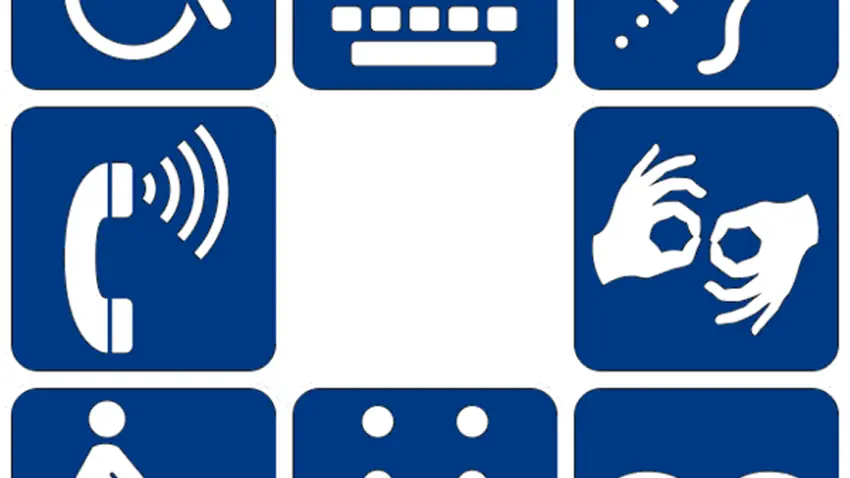Often as UX consultants, we see both physical and digital products that at first glance, appear beautifully designed. Products may appear to check all the boxes in terms of current design trends, look and feel, and brand identity, often garnering a stamp of approval from stakeholders or initial impression tests, but what happens when usability is examined? User experience is uniquely positioned to discover blind spots and critical gaps in content or functionality that ultimately have the power to kill a product’s success. But advocating for usability over criteria based on branding or marketing can be a challenge.
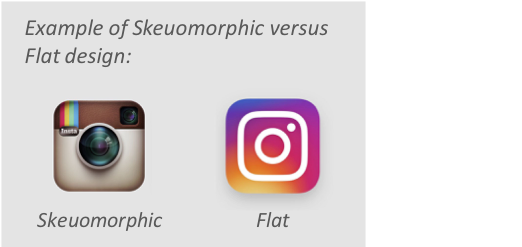
UX DESIGNER’S CHALLENGE
UX designers involved in the development of a new product are faced with the underlying tension between making products that are beautiful and captivating, while also being usable. What the scientific fields of neuroscience and perception tells us works best for humans, and what our more aesthetic or creative instincts tells us can sometimes be at odds. Consider the example of flat design, prevalent in online and graphical interface design. As design trends have moved towards designs incorporating flat shapes without the use of details indicating depth and dimension, a lack of skeuomorphism, thinner fonts, minimal affordances and sometimes minimal content- the result has often led to decreased visibility and accessibility, and sometimes poorer information design.
UX RESEARCHER’S CHALLENGE
Similarly, UX researchers who are brought in further along in the product development process have the tricky task of navigating how to advocate for the user and UX best practices when working with visual or product designers who are invested in their designs, and often do not have the same user-centered lens or training. Each team involved in creating a product brings their own lens to the equation, with their own set of top priorities.
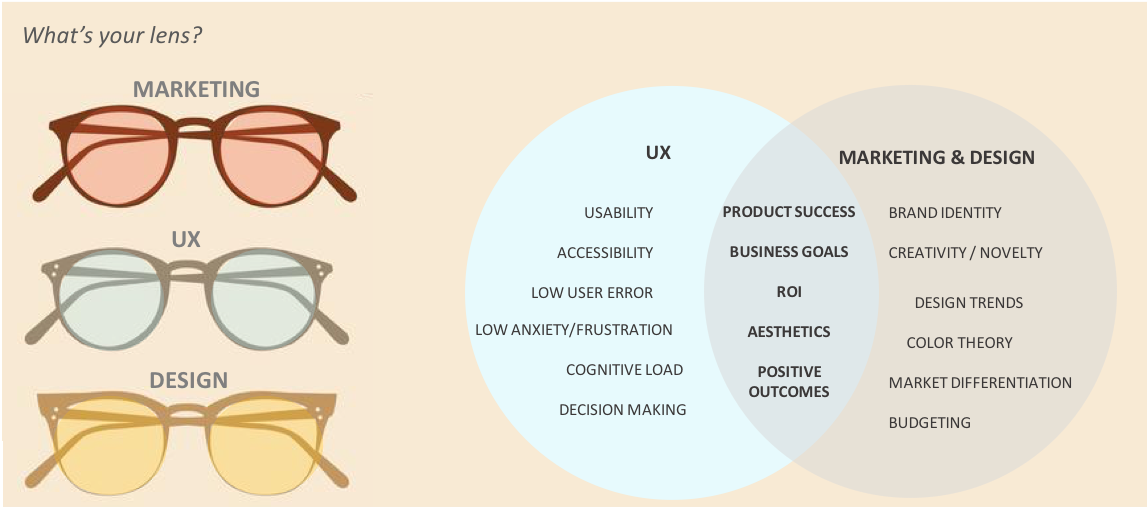
© 2019 Afrand Shahroudi
FINDING THEMES
One way to work towards aligning the variety of perspectives brought forward by UX, marketing, and visual design, may be through a shared understanding of each group’s approach to the user journey and experience. In thinking through this challenge, some common themes seem to consistently emerge when it comes to the approach of various groups. Of course, every team and particular project may be different, but identifying the lens through which different teams are approaching a project can help us find common ground and better align our vision.
One such theme, is that marketing may be more focused on the consumer and their needs, while UX might be more focused on the user. While the difference between consumer and user might seem like a subtle difference in semantics, this can in fact color the way each group approaches and prioritizes needs when developing a product.
For marketing, the emphasis on making a product desirable is aimed at the customer, or the person who will first and foremost buy the product. The use of the product comes secondary to purchase. For UX, the emphasis is on the user. The primary focus is to make a product that a person that must be able to use (and to make the experience of using it as good as possible). In most cases this end user is same person, the role simply transitions- from customer to user and then hopefully, back to customer.
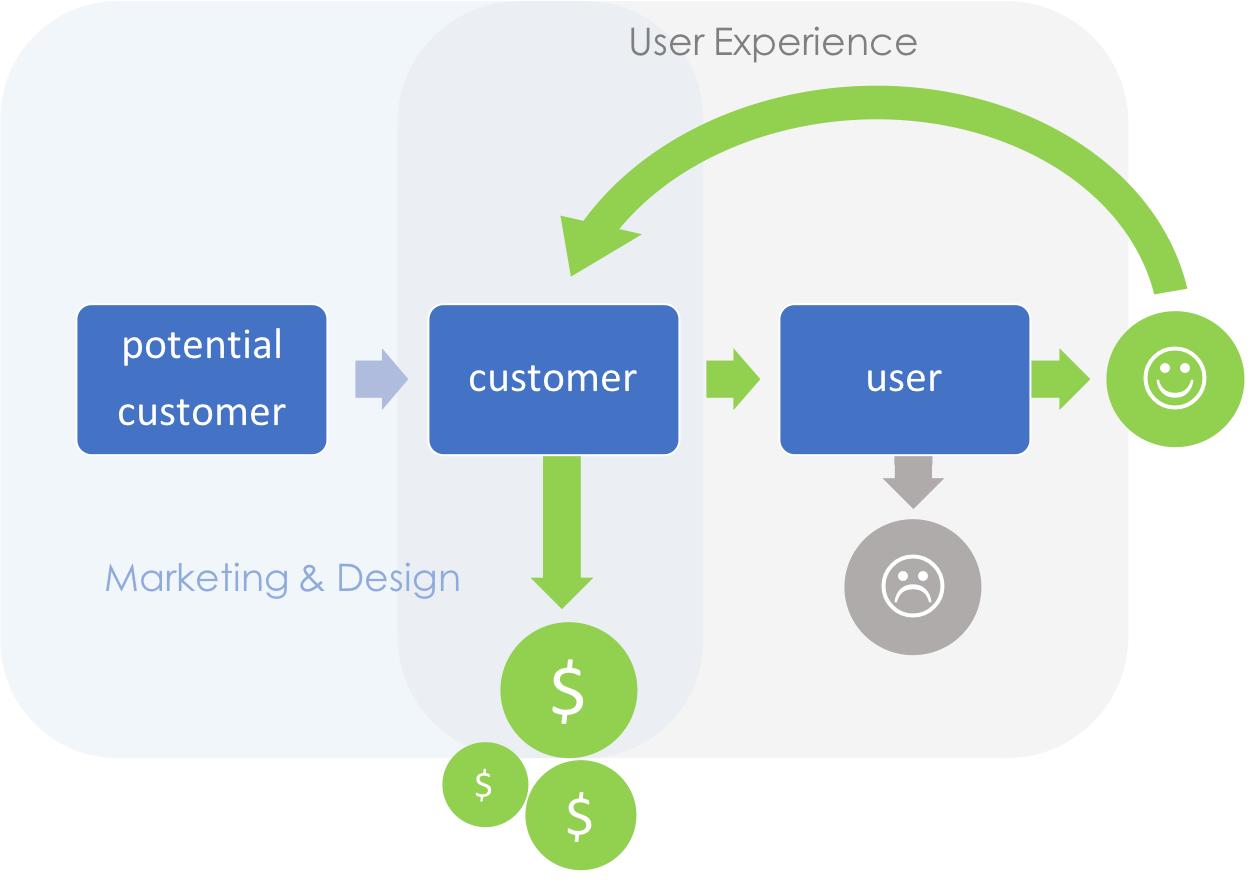
© 2019 Afrand Shahroudi
So while marketing and design work towards drawing someone in and making them a customer, UX works towards making sure the customer has a great experience with the product or service that will keep them as a customer. Ensuring a great user experience means brand loyalty and customer retention, as and such, companies without UX teams or processes in place run the risk of bypassing an important step that not only impacts the use’s experience of their product, but also their own bottom line. While initial market research gathered by marketing teams, and good design by visual and product designers are critical to creating a successful product, stopping there without a contribution from UX, where the product is looked at through the lens of the users runs the risk of missing important design and usability flaws that can lead to pain points resulting in:
- costly customer service complaints
- development of a negative brand reputation amongst users
- product abandonment
BRIDGING THE GAP
So how can we forge successful partnerships and collaborations with teams in marketing, design, and product development in order to develop products that are beautiful, work well, and have successful sales?
Here are some strategies that may help:
FACE TIME
- Increased communication and building rapport within and across teams may seem intuitive, but it’s a step that sometimes gets shelved in the interest of tight timelines, schedule conflicts, and remote collaborations. Especially when differences of viewpoint cause tension, taking the time to have a face-to-face (whether online or even over a coffee) can go a long way in bridging the communication gap and softening discussions.
- Actively listening and asking questions to better understand the reason behind someone’s unwavering viewpoint, may help bridge understanding and allow insight into a way to address their concern without simply shutting down an idea that may not seem to make sense. Feeling heard can sometimes be half the battle.
EDUCATION
- Terms like ‘UX’ and ‘marketing’ are thrown around a lot in our work, but sometimes an understanding of these terms doesn’t necessarily follow, and not everyone feels comfortable asking… ‘So what is it you actually do??’ As UX professionals, we need to be aware that not everyone has an understanding of our methods, goals, or our value.
- Using opportunities within our interactions and projects to educate our colleagues (without being condescending) about our processes and the approaches fundamental to what we do (such as explaining the iterative process and it’s benefits, the downsides of designing with a solution in mind, the importance of user research, and that our role is to empathize with users) can go a long way in easing tensions and gaining trust. It’s hard to trust what is unfamiliar- being confident in our value and methods and explaining them simply whenever possible increases awareness of our field and may even create a reciprocal transparency. Even if colleagues don’t seem transformed initially, the next time they come into contact with a UX professional they may have a better understanding of their role and impart greater trust. Think of it as paying it forward!
CONSTRAINTS
- One complaint that has been sometimes associated with UX is that our solutions and best practices can seem pie-in-the-sky, and fail to take into account the very real limitations of time, budget, and bandwidth that businesses may face. One way to address this head on is to understand the limitations upfront on projects whenever possible, and give meaningful suggestions that can still make an impact within those constraints. (For example, if designing a way for a physical product to give feedback to users, knowing that a dot-matrix screen is a constraint that will be imposed on the final product lends the ability to come up with solutions that work within that constraint.)
- Creating solutions within constraints shows our ability to add value alongside business needs, and can also demonstrate that good experience design is not necessarily expensive, intricate, or time-consuming to implement. (With the example above, something as simple as bars on a dot matrix can be used to create a status bar that can greatly improve a user’s understanding of the system’s status.)
START EARLY
- And finally, perhaps the best way to align perspectives is to ensure UX is incorporated into the design process from the very beginning whenever possible. The later in the process UX is involved, the more challenging it may be to get buy-in from teams and stakeholders who have already emotionally and physically invested in a design, product or solution.
- Having UX work alongside other teams from conception serves to solidify their role in the process, and prevent missteps in design early on when time and emotions haven’t yet been invested.
What challenges have you faced working with teams from other disciplines? What has helped and what has failed? The challenges and suggestions above are just some of the ways tensions can play out in our work, but sometimes by addressing the elephant in the room, we can better understand the point of view of those who may been in opposition, and find ways to bridge the gap.

Afrand has worked as a Research Associate at the Bentley User Experience Center as well as in both academic and community research, working as a research associate on the UCSD VETSA study- a behavioral genetic study focused on cognitive and brain aging, as well as on multiple social sector consulting and evaluation projects at Harder+Company Community Research.
Afrand holds a Bachelor of Arts degree in Psychology from the University of California San Diego, and a certificate in Interactive Media Design. She is currently pursuing a Master of Science in Human Factors in Information Design at Bentley University.
Let's start a conversation
Get in touch to learn more about Bentley UX consulting services and how we can help your organization.



